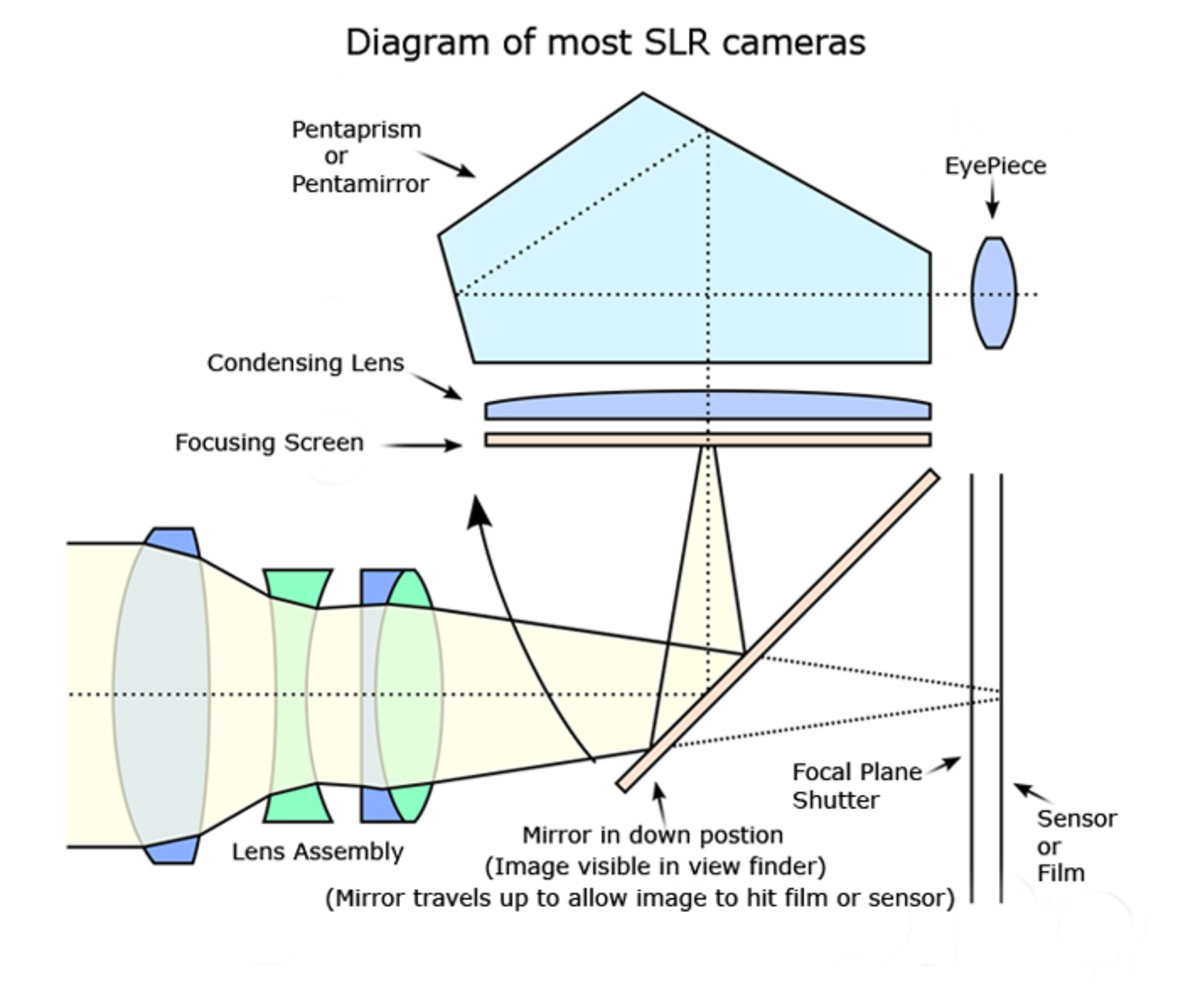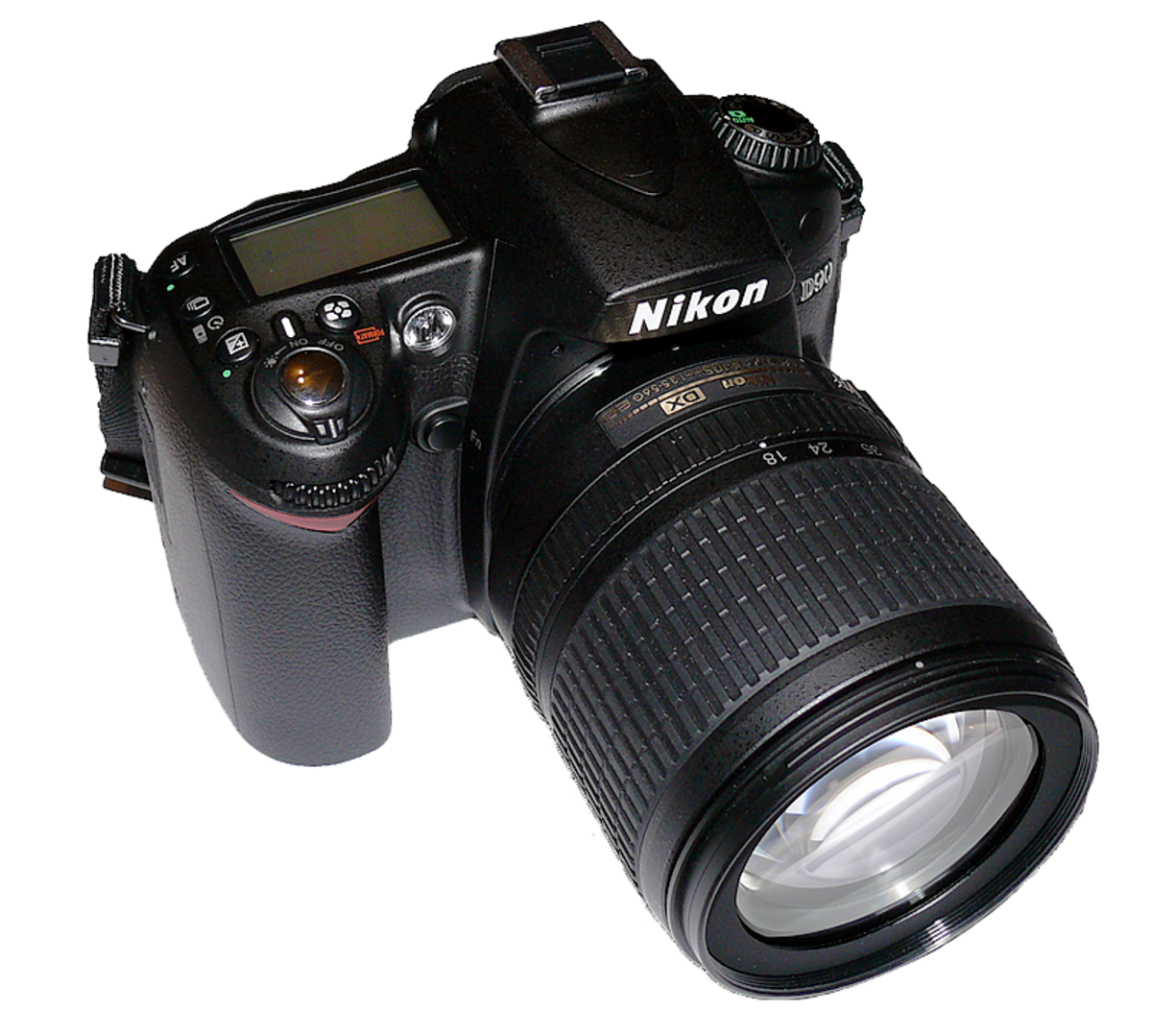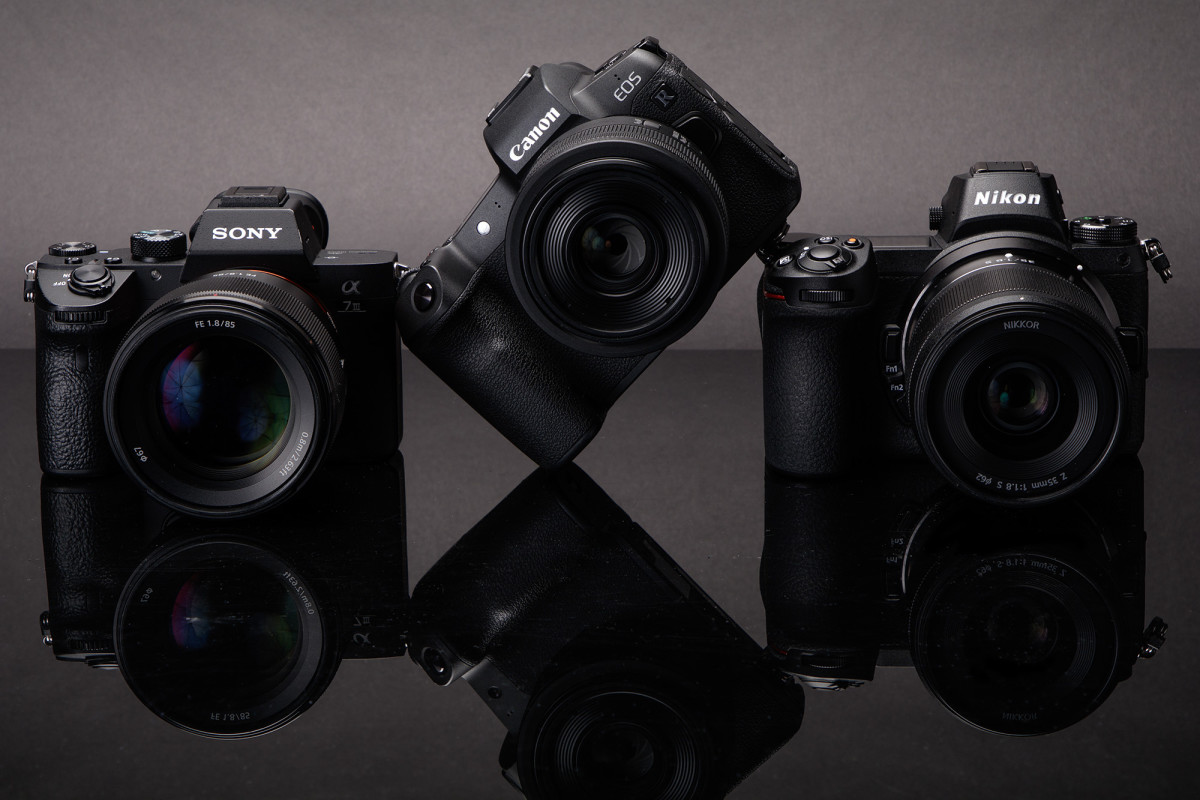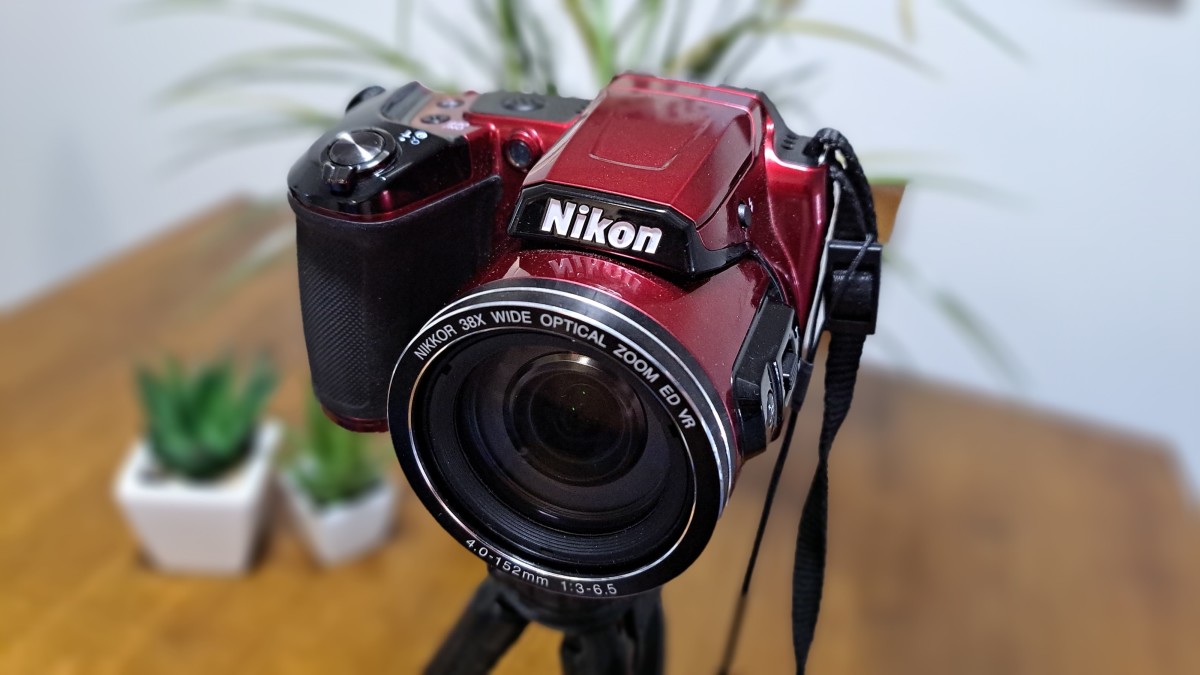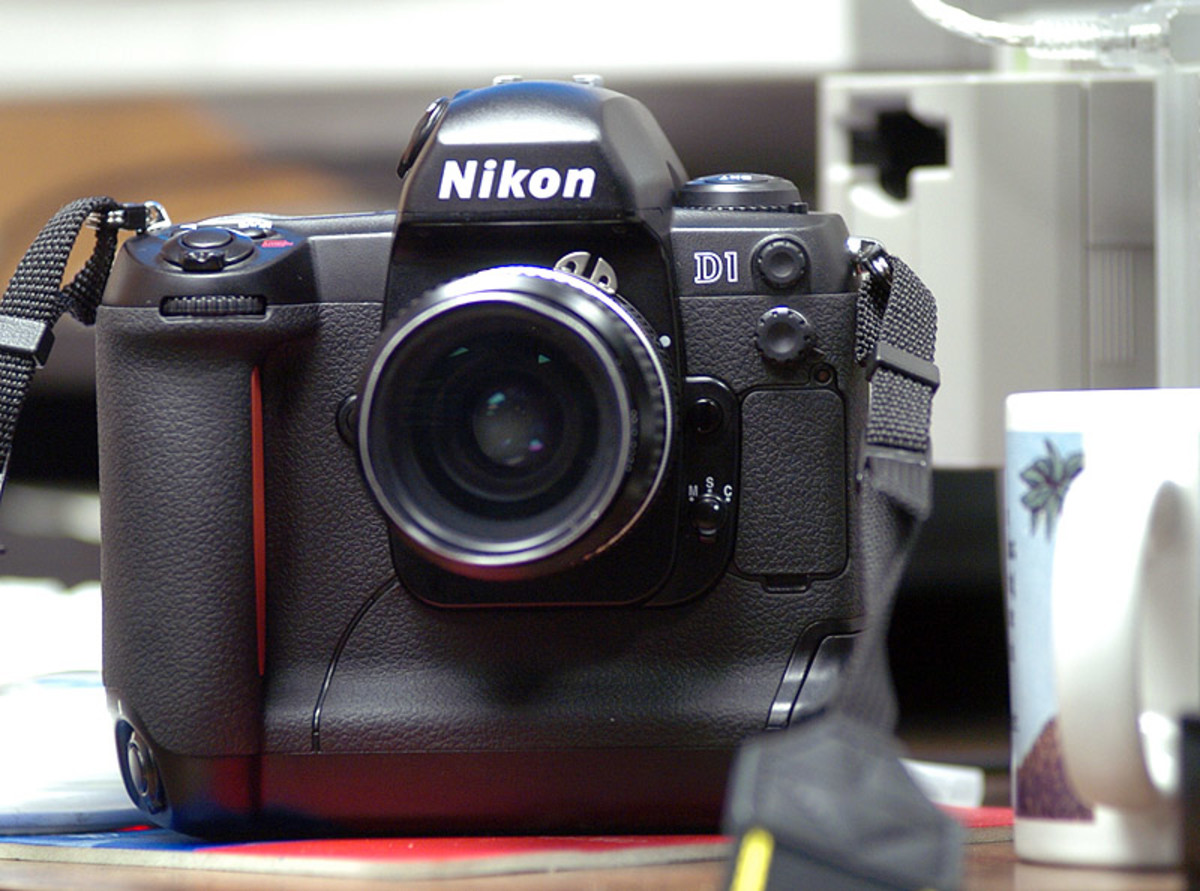- HubPages»
- Technology»
- Consumer Electronics & Personal Gadgets»
- Portable Electronics»
- Digital Cameras
Canon 5D Mark II vs Nikon D90
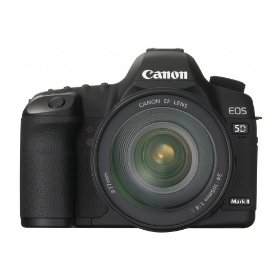
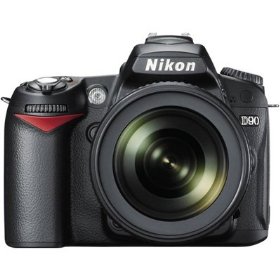
An Amatuer's Point of View
Have you considered owning a full featured professional grade camera? What has held you back? Is it the “quite high” prices? Do you wish that a SLR or DSLR camera could fit into a purse or shirt pocket? Is the jargon too confusing? Then above all else, which brand is the most functional and which model is the best for your wants and needs?
Even after reading numerous articles, reviews and comparisons on this subject I find myself questioning decisions that I thought were already made. However, I have decided to zero in on both the similarities and differences of the Canon 5D Mark II DSLR camera and the Nikon D90 SLR camera. These cameras are two of the most recent models added to the mix and they appear to be the highest ranked among many photographers. Also, they both share a rare feature among SLR and DSLR cameras – video.
Before making this decision I asked myself a lot of questions.
- Question: How much money am I willing to spend? Answer: No more than $3,000
- Question: What brands do I concentrate on? Answer: Canon, Nikon and Sony
- Question: What feature is the most important? Answer: Low light capabilities, wide angle shots and the ability to blur the backgrounds
Then I realized that I hardly knew enough to ask any more questions. I knew what results I wanted but had little clue of what would give me those results. At this point you may be asking yourself “how can this amateur help me make a decision about such a complicated and costly purchase”?
I believe that I am no different than any other “want to be photographer” that has made up their mind to take the leap from a compact camera to a higher level – moving on…
Before I go much further I will admit that the final decision will come down to the final cost. At the same time I ask that you keep an open mind with me because we all know that the final cost can be deceiving. For example, the camera body has to have lenses that attach to it. Editing software can change and improve any photo – but it too can be expensive. Both of my chosen cameras are capable of taking professional photos – but will does one shine over the other in any substantial way?
Price
Price is important to all of us without an unlimited amount of disposable income. The Canon 5D Mark II body (without lens) can typically cost $2600 to $3000. The Nikon D90 body (without lens) can typically cost $900 to $1000. Yes, that is a huge difference. The price range is reduced however when you consider that the full frame camera can eliminate the need for some extra equipment such as strobes and artificial light sources.
The Cannon 5D Mark II has the ability to change settings inside the camera such as background blur where the Nikon D90 requires a lens to do the same thing.
Full Frame or Crop Frame Sensors
Full Frame is determined by the size of the CMOS sensor and is comparable to the size of the original 35mm film.
If you have done your own research you know that the Canon 5D Mark II has full frame and the Nikon D90 does not. The Sony DSLR A-900 is a full frame camera but it does not offer video.
This is an important feature for me. As I said before I want to take low-light photos. Many shots are taken indoors, seldom with sufficient light and where it is almost impossible to take a clear and non-noisy digital photo. The lower the light conditions the blurrier the photo will be, but the full frame sensor allows increased light into the sensor.
The ISO setting controls the amount of light accepted into the camera’s senor. A full frame camera has a larger ISO range than one with a cropped senor. To benefit fully from the ISO settings there is a learning curve.
Video
The addition of HD video to a DSLR digital camera is big. The Canon 5D Mark II and the Nikon D90 DSLR digital cameras are the only ones on the market at this time other than the Canon Rebel T1i SLR camera.
The Cannon 5D Mark II offers HD video in 1080P resolution and the Nikon D90 offers 720P resolution.
There are so many features that make up the total packages of these two DSLR cameras. I will not even attempt to talk about all of them. Like I said before there are features that are most important to me such as the price, the full frame versus the cropped frame and the video. Of course the Live View Mode and the self-cleaning feature on the Canon 5D Mark II turn my head as well.
I look forward to the discussion that is bound to follow. Thanks!


